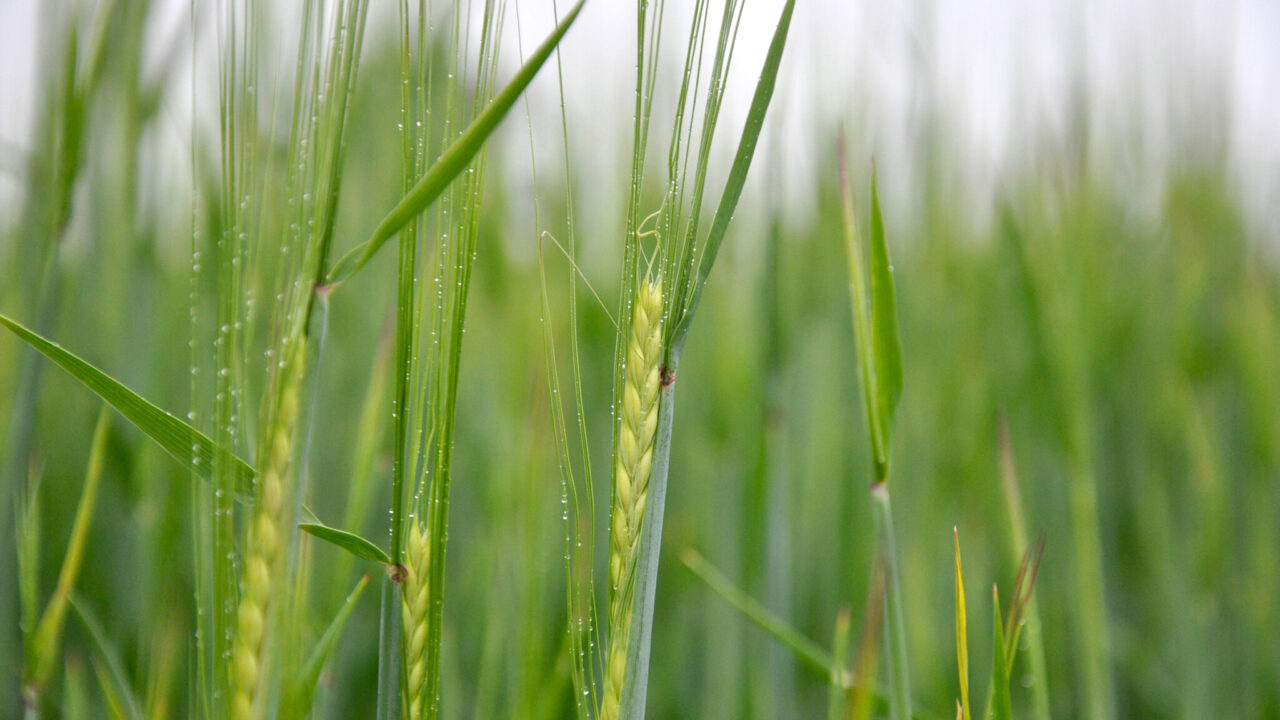Rothamsted scientists have identified a natural, in-built, defence mechanism against Barley Yellow Dwarf Virus (BYDV) in a heritage variety of wheat, Triticum monococcum.
Their work has discovered the presence of saponarin, a naturally occurring flavonoid compound, which significantly reduces the survival of grain aphids, the key vector for the transmission of BYDV within cereal crops worldwide.
Aphids damage wheat and other cereal crops both by feeding and by transmitting viruses such BYDV, which can cause yield losses of up to 80%.
Current control strategies rely heavily on insecticides; a practice increasingly challenged by resistance, regulation, and environmental concerns.
Aphid resistance
The Rothamsted discovery opens the door to breeding wheat varieties with natural aphid resistance, reducing pesticide dependence and supporting sustainable agriculture.
The research focused on two lines of T. monococcum (MDR045 and MDR049), previously shown to contain resistance against a range of grain aphids.
Leaf extracts from these lines significantly reduced aphid survival in feeding assays. Using bioassay-guided fractionation, the team identified saponarin as the key compound behind this resistance.
Its activity was unique compared to other plant flavonoids tested, except for naringenin.

Dr. Alexander Borg of Rothamsted said: “These findings highlight the untapped potential of ancestral crop species in modern agriculture.
“By identifying and understanding natural resistance traits, we can integrate them into elite wheat varieties and reduce reliance on synthetic pesticides.
“Discovering saponarin as a key bioactive compound marks a step toward sustainable pest management and opens new opportunities for integrated crop protection.”
This research underscores the value of ancient grains as a source of natural defence mechanism.
These are tools that modern agriculture may soon harness to create more resilient, climate-smart crops.
BYDV
Meanwhile, cereal breeding programmes continue to develop varieties of winter barley that demonstrate tolerance to BYDV.
The autumn planting season of 2025 has seen a growing demand for these varieties on the part of Irish tillage farmers.
Trials continue to confirm that drilling a tolerant variety reduces the risk of yield loss to BYDV when sown early where the disease is present.
Other important factors to consider when assessing BYDV risk are mild weather and whether a ‘green bridge’ is present or not – volunteer cereals and grasses are host species for the grain aphid.
This has been an issue for some growers who had short-term cover crops planted ahead of winter barley this season.

